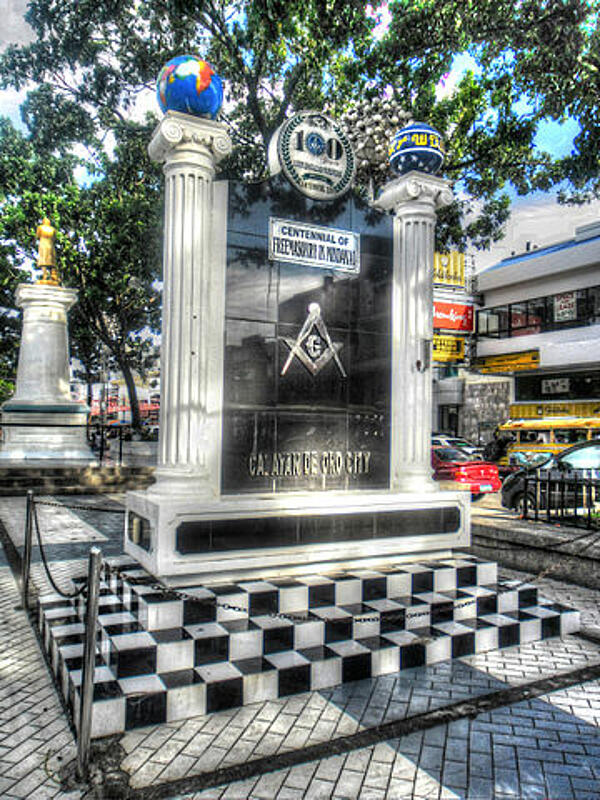Freemasonry in the Philippines
Freemasonry became extremely popular across Europe and the Americas during the 19th Century, but thriving global trade networks meant it wasn’t long until it arrived in the Philippines.
Established not long after the arrival of Spanish liberalism in the Philippines, the first Filipino Masonic Lodge was called Revoluccion and was set up by Graciano Lopez Jaena in April 1889 in Barcelona. The lodge did not last long after he resigned from his post in November 1889, but the following month another lodge took its place.
Solidaridad was established by Marcelo H. del Pilar and Julio Llorente, with the latter becoming its first worshipful master. It wasn’t long before the lodge grew, with members including José Rizal (a prominent nationalist who went on to be a key member of the Filipino Propaganda Movement) and Galicano Apacible (a Filipino politician who went on to co-found the Nacionalista Party.

In 1891, Del Pilar decided to expand the movement even further, sending lodge member Pedro Serrano Laktaw to the Philippines to establish the first Filipino Masonic Lodge on the archipelago itself. The Nilad was established in January 1892 and was such a success that it prompted the creation of 35 masonic lodges by the end of 1893, nine of which were based in Manila.
As the Spanish colonial period in the Philippines drew to a close, and the Philippine Revolution arrived, freemasonry became a very important part of life for many Filipinos. Specifically, it pushed forward the reform movement and played a significant role in propaganda work. In fact, many of those who were pushing for the revolution were members of freemasonry. The organisation used by Bonifacio to establish the Katipunan (which had a goal of freeing the Philippines from the grip of the Spanish) was even derived from the Masonic society, prompting many to suggest that a lack of freemasonry from the Philippines could have led to a very different future for the country.
MLA Citation/Reference
"Freemasonry in the Philippines". HistoryLearning.com. 2025. Web.
